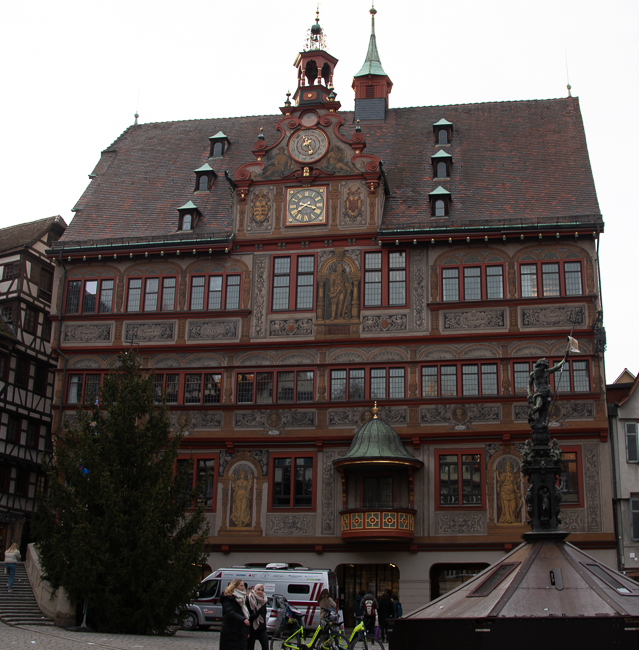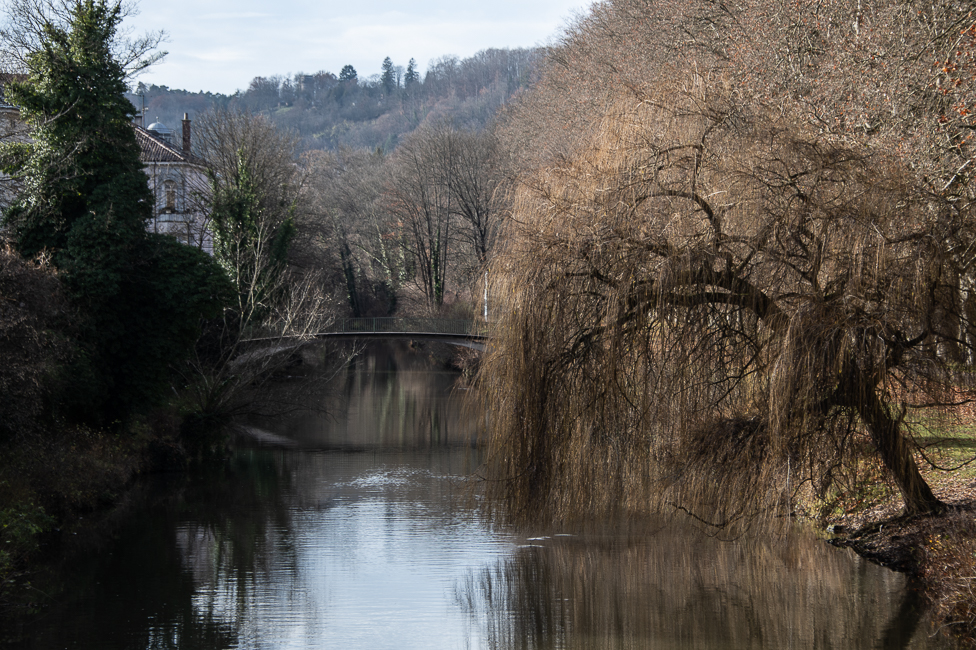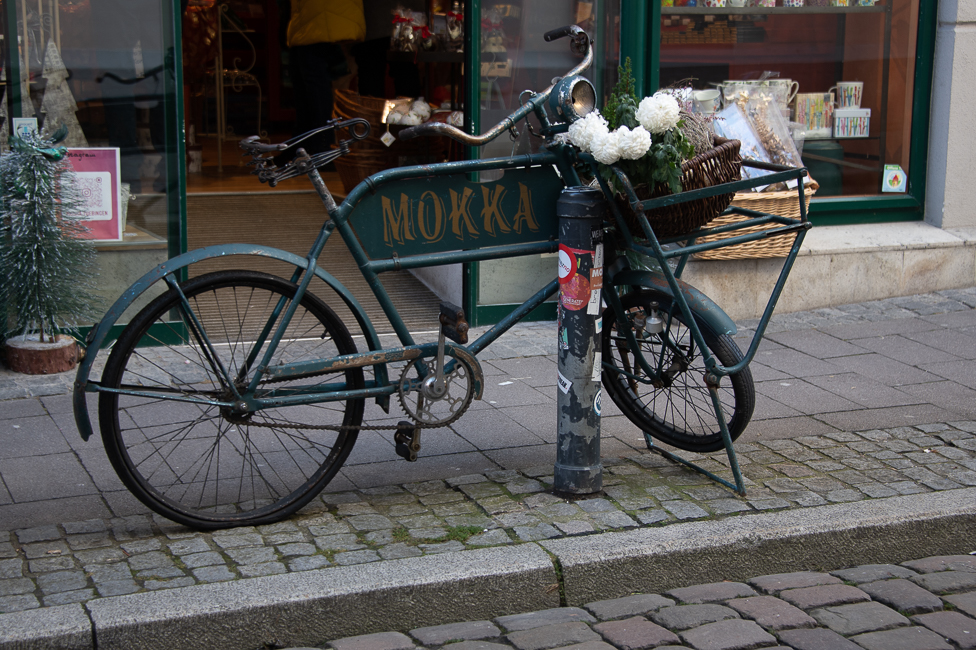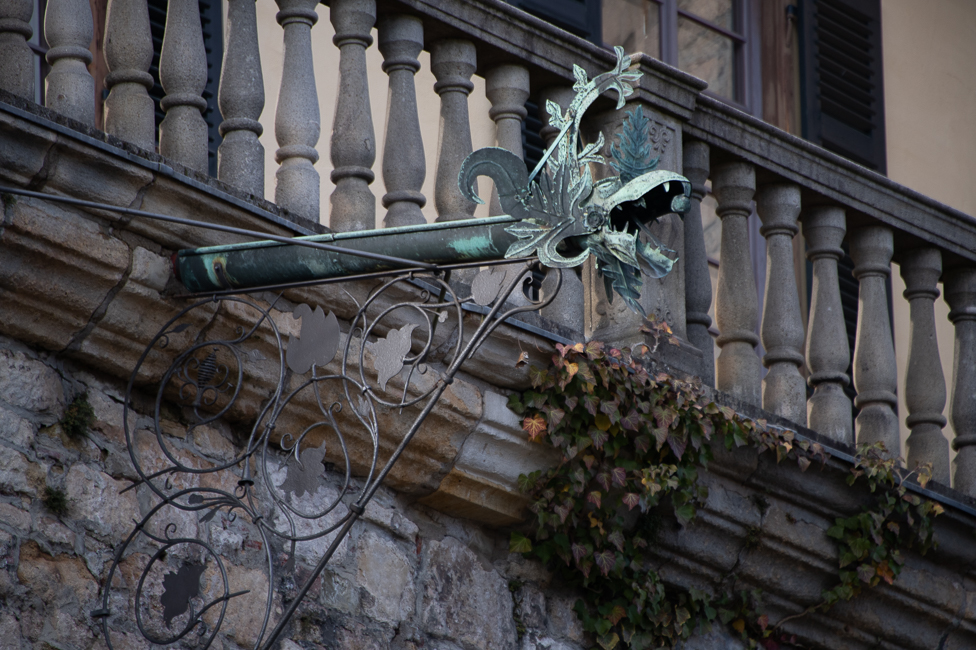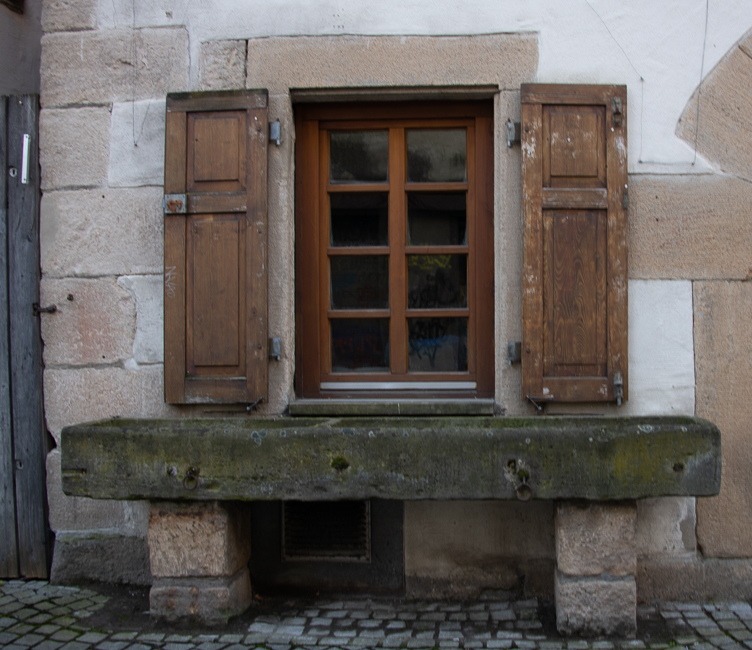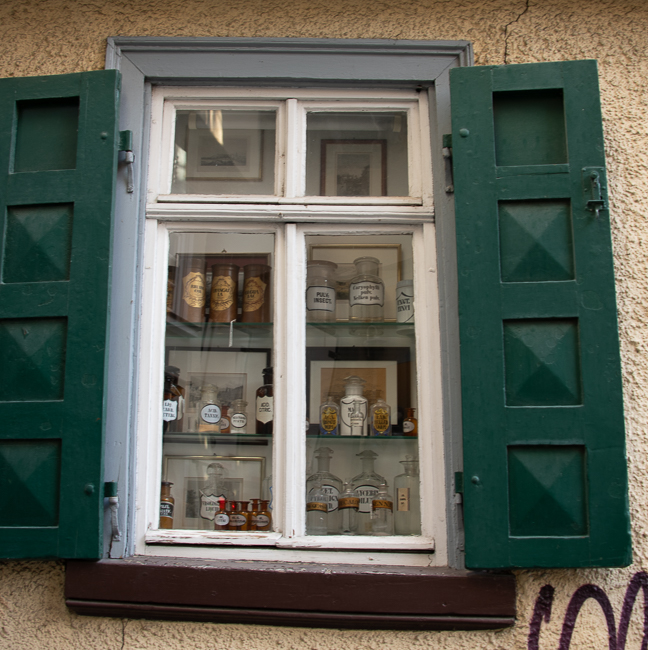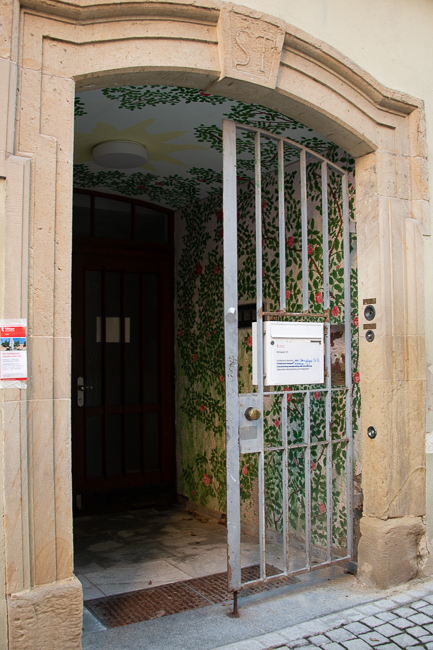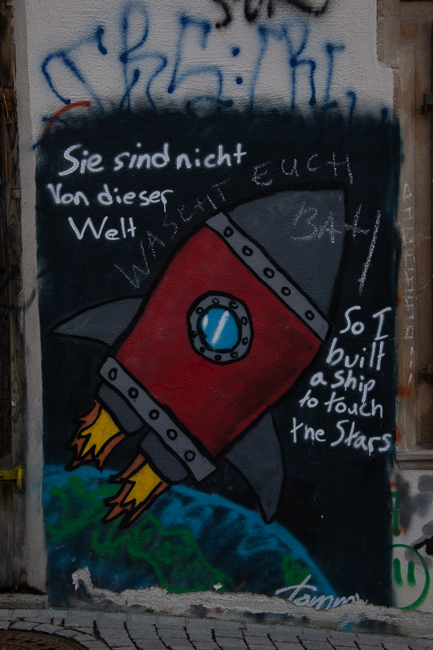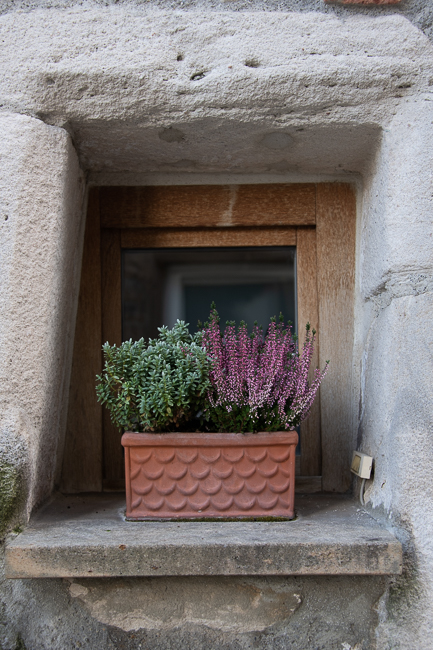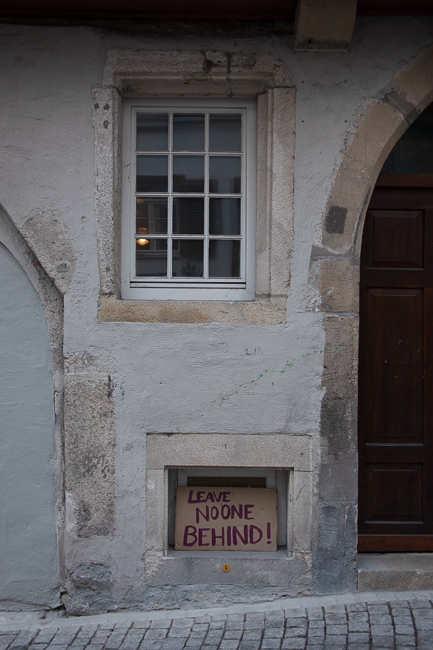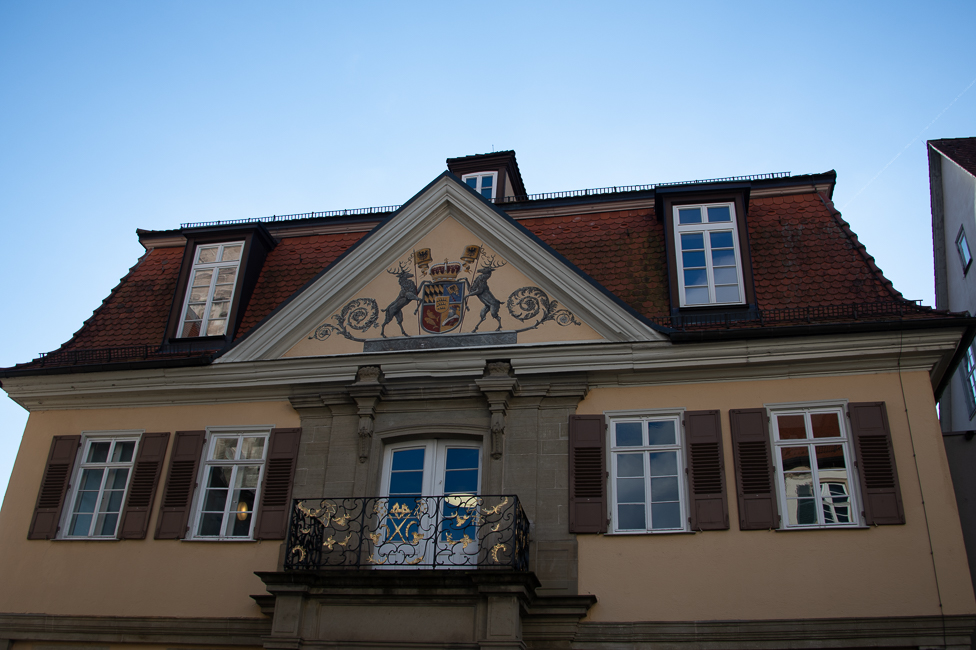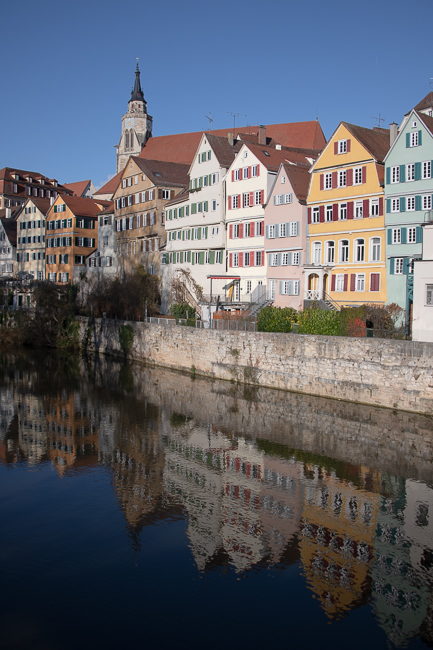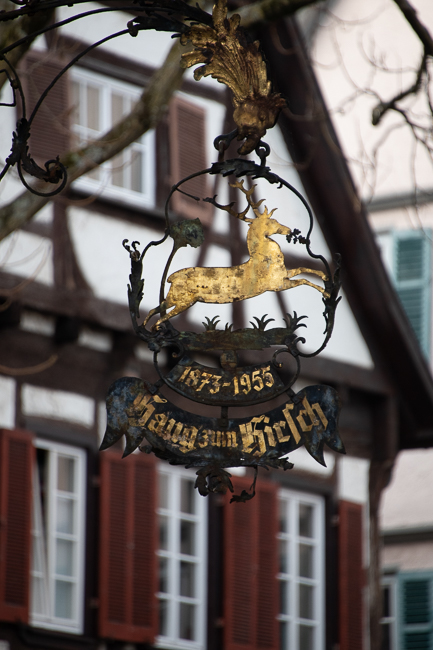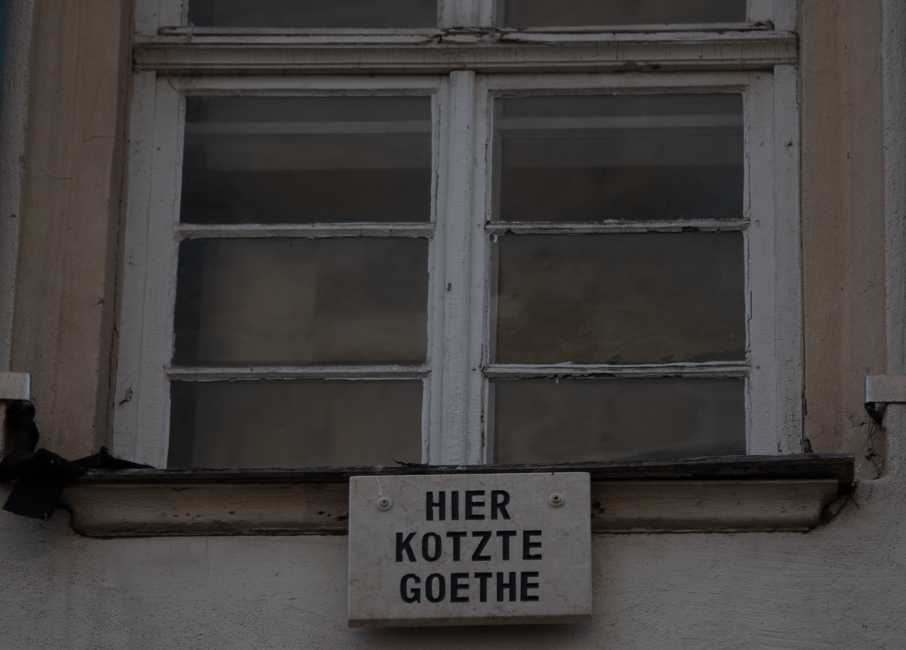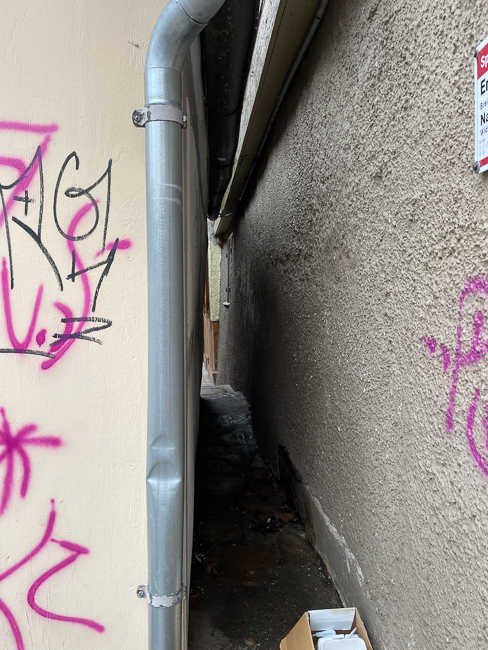December 2021
I am in Tübingen to visit an old friend. What a delightful little diversion to my hectic schedule. The town is around four hours from Paris on the TGV.
It is the quintessential fairy tale town with castle and all. Tübingen first appears in official records in 1191. And the Hohentübingen Castle, has records going back to 1078, when it was besieged by Henry IV, king of Germany.
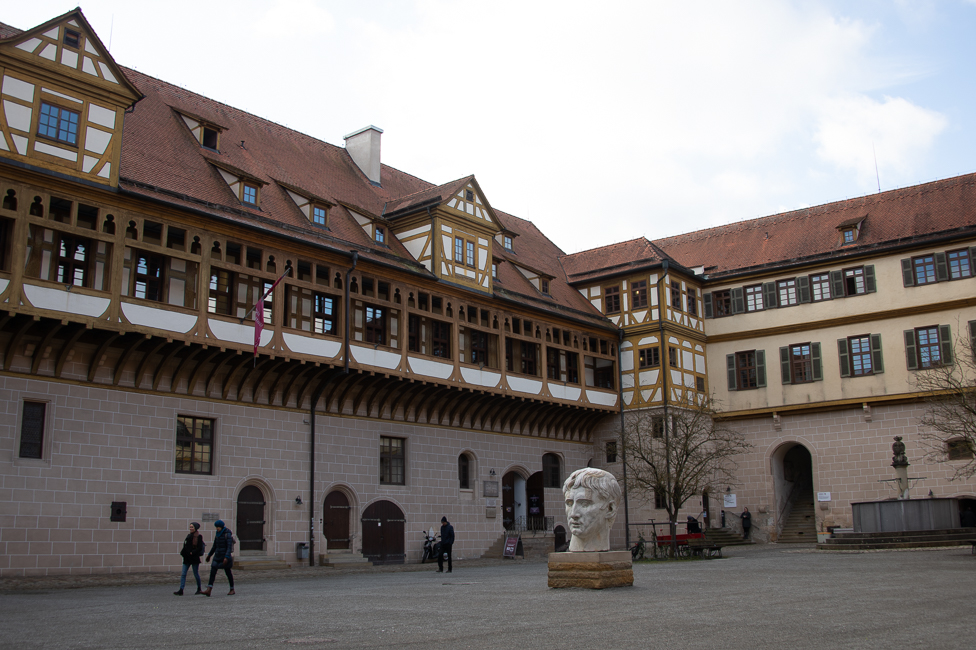
Courtyard of the Hohentübingen Castle now part of the University of Tübingen. Towards the end of the 15th century Count Eberhard im Barte founded the university with the slogan “attempto” (I will attempt it).
The Second World War left Tübingen largely unscathed, with the exception of the burning of the Synagogue on Kristallnact, November 9, 1938. I did read that one bomb was dropped on the town and destroyed the building where either Shiller or Goethe stayed, the story well could be apocryphal as I have been unable to substantiate it.
When Germany was divided amongst the allies, Tübingen became part of the French zone of occupation and remained so from 1946 to 1952. French troops had a garrison stationed in the south of the city until the end of the Cold War in the 1990s.

Neckar Island sits in the middle of the Neckar River in the heart of the town and is lined with 200 year old London Plane Trees.
Some random shots of the beautiful town of Tübingen
Tübingen’s is a fairly liberal town with a population around 85,000. The town is a mixture of students, researchers and academics, medical specialists and “Gorgen” (the people whose families have been here since the beginning of time, they once grew grape vines on the hills around the town. “gorge” ~ cork).
 *
*
Johann Friedrich Cotta of Tübingen first published the works of Goethe. It is said that Goethe conducted detailed research on Tübingen’s pubs during his week-long stay in 1797. To commemorate Goethe’s partying ways is this interesting sign ‘Hier kotzte Goethe’ (Goethe puked here).
My dear friend lives in the town of Reutlingen, which is a mere 10 minute train ride from Tübingen. Its claim to fame is the fact that it is the home to the most narrow street in the world.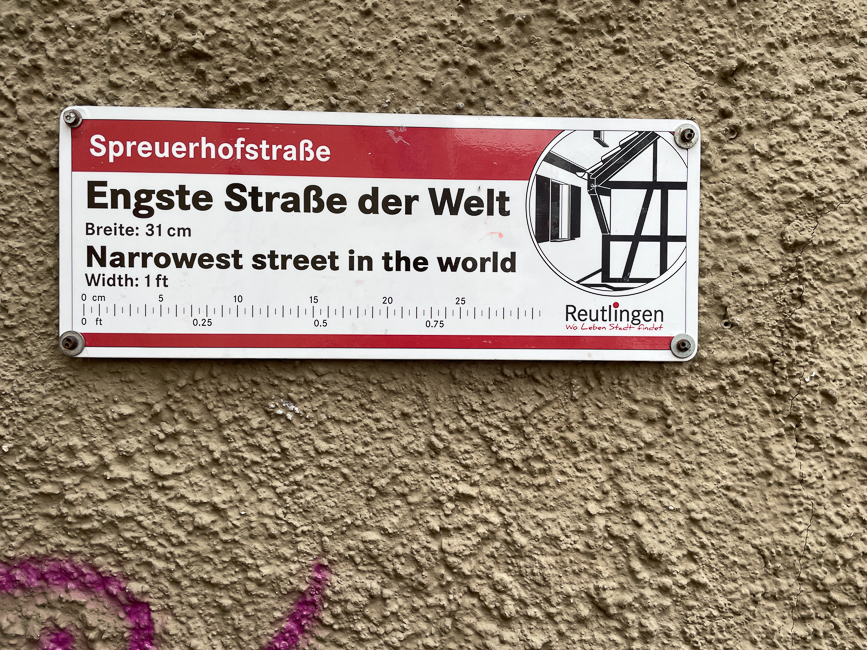
*
*
